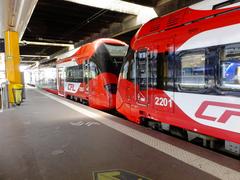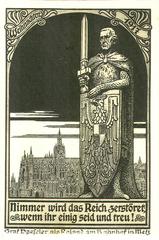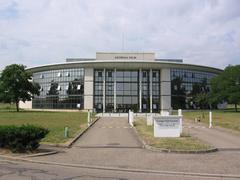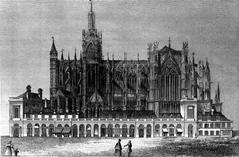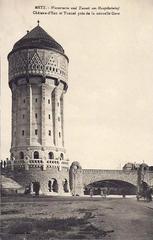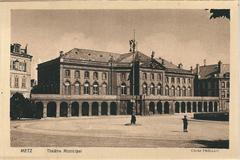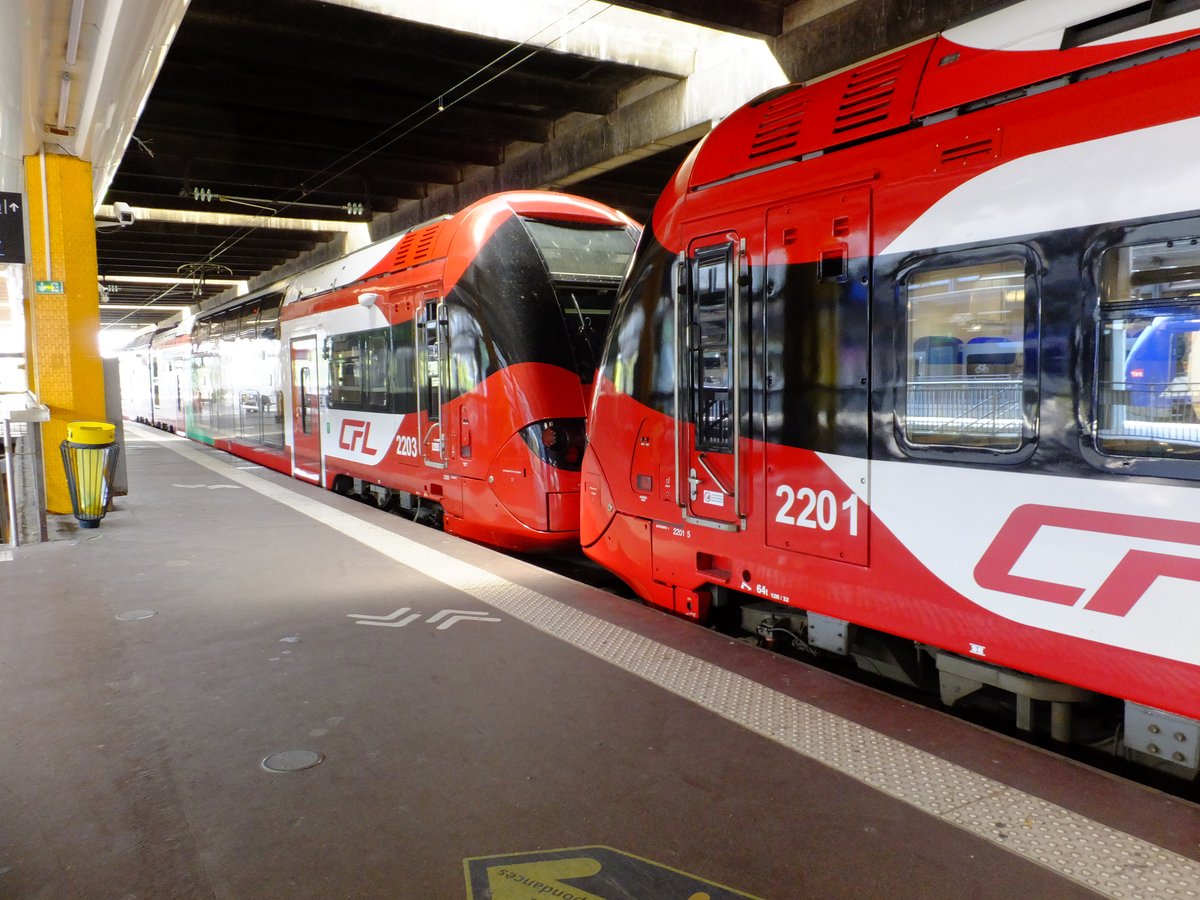
Gare de Metz-Ville: Visiting Hours, Tickets, and Travel Guide
Date: 14/06/2025
Introduction: An Architectural and Historical Gem in Metz
Gare de Metz-Ville is far more than a transportation hub—it’s a remarkable symbol of Metz’s layered Franco-German heritage and one of France’s most celebrated railway stations. Built between 1904 and 1908 during the German annexation of Alsace-Lorraine, its stunning neo-Romanesque architecture, monumental proportions, and ornate details have earned it protected monument status and a place in the hearts of travelers and architecture enthusiasts alike. Today, the station continues to serve as a vital link connecting Metz to regional, national, and international destinations, while inviting visitors to explore its unique blend of history, culture, and modernity (fr.wikipedia; metz.fr).
This comprehensive guide details everything you need to know for your visit—from the station’s historical evolution and architectural highlights to practical visitor info, accessibility features, nearby attractions, and essential travel tips.
Contents
- Historical Background
- Architecture and Symbolism
- Visiting Hours & Ticketing
- Accessibility & Facilities
- Guided Tours & Special Events
- Getting There & Transport Connections
- Nearby Attractions
- Practical Travel Tips
- Frequently Asked Questions (FAQ)
- Visual Highlights
- Conclusion & Recommendations
- Sources
Historical Background
Early Beginnings and Railway Expansion
The origins of railway travel in Metz date back to the mid-19th century, with the city’s first temporary wooden station built around 1850. After its destruction by fire in 1872, a more substantial station—known as the “ancienne gare de Metz”—was inaugurated in 1878 to accommodate the city’s growing needs (fr.wikipedia; unicem.fr).
German Annexation and the Imperial Project
Following the Franco-Prussian War and the annexation of Alsace-Lorraine, Metz became a strategic border city for the German Empire. The construction of the current Gare de Metz-Ville was part of a grand imperial vision: to germanify Metz’s urban landscape and facilitate military logistics. Architect Jürgen Kröger, under the directive of Kaiser Wilhelm II, designed the station as the centerpiece of Metz’s new Imperial Quarter. The goal was dual—functionality for military and civilian transport, and symbolism as a statement of German power (waymarking.com; metz.fr).
Construction and Architectural Flourish (1904–1908)
Kröger’s masterpiece, completed in 1908, reflects the Rhenish Romanesque Revival style, characterized by fortress-like solidity, rounded arches, and a commanding 40-meter clock tower. The pale Niderviller stone and contrasting Jaumont limestone make it visually distinct amid Metz’s urban fabric. The station’s scale—over 350 meters long—was intended for both civil grandeur and rapid military mobilization (cityzeum.com; medium.com).
Changing Hands and Modern Role
After World War I and the Treaty of Versailles, Metz returned to French administration, and the station’s imperial German motifs were gradually replaced with local symbols. During WWII, it was again managed by German authorities before returning to SNCF. Today, Gare de Metz-Ville is recognized as a Monument Historique (since 1975) and continues to serve as a vibrant gateway for travelers (en.wikipedia; waymarking.com).
Architecture and Symbolism
Exterior and Structural Features
The station’s imposing façade features robust arches, buttresses, and a landmark clock tower—a nod to medieval cathedrals and castles. Decorative elements include (originally) imperial eagles, stained glass windows depicting Charlemagne, and motifs symbolizing technological progress. The use of local Jaumont limestone gives the building its distinctive yellow-grey hue (Tout-Metz).
Interior Design
Inside, the grand vaulted departure hall evokes a church nave, while the arrivals and buffet areas recall imperial palaces with timbered ceilings and heraldic shields. Stained glass, intricate carvings, and ornamental mosaics highlight both Metz’s local identity and its imperial past. Many original decorations have been preserved or sympathetically restored (Tout-Metz).
Functional Grandeur
Designed for efficiency as well as spectacle, the station features wide corridors, large canopies over multiple platforms, and clear sightlines, blending operational needs with architectural ambition. Restoration efforts in the 1990s and 2000s ensured the preservation of the historic fabric while integrating modern rail services (Tout-Metz).
Visiting Hours & Ticketing
- Opening Hours: Gare de Metz-Ville is open daily from approximately 5:00 AM to midnight. Public areas, including the main hall, are freely accessible, though specific rooms (such as the former Kaiser’s apartments) are typically closed except during special tours.
- Tickets: Train tickets can be purchased at staffed counters, automated machines, or online via SNCF Connect. There is no admission fee for entering the station itself.
- Guided Tours: Guided tours of the station’s architecture and history are offered on select dates, often during heritage events. These may require advance booking through Metz’s tourism office or the station’s information desk.
Accessibility & Facilities
Gare de Metz-Ville is equipped to accommodate all travelers:
- Mobility: Ramps, elevators, tactile paving, and accessible restrooms are available. Staff assistance can be arranged upon request.
- Amenities: Free Wi-Fi, seating areas, clean restrooms (with baby-changing facilities), luggage lockers, cafés, shops, and a pharmacy are found throughout the station.
- Parking & Bikes: A multi-level parking structure and bicycle racks are located adjacent to the station.
Getting There & Transport Connections
- By Public Transport: The station is served by LE MET’ bus and tram lines, with stops directly outside.
- By Car: Ample paid parking nearby (spaces may fill during peak periods).
- On Foot/Bike: Central location allows easy access from city-center hotels and attractions.
- Regional & International Trains: TGV, TER Grand Est, and cross-border trains to Luxembourg and Germany depart from here.
Guided Tours & Special Events
Occasional guided tours, exhibitions, and cultural events highlight the station’s historical and architectural significance. Check with local tourism boards or the station’s info desk for up-to-date schedules (dabblinginjetlag.com).
Nearby Attractions
After visiting Gare de Metz-Ville, explore:
- Centre Pompidou-Metz: World-class contemporary art museum, a short walk from the station.
- Metz Cathedral (Saint-Étienne): Renowned for its gothic architecture and stained glass.
- Place Saint-Louis: Picturesque square with Renaissance buildings.
- Imperial District: Showcasing German annexation-era architecture.
- Other Sights: Porte des Allemands, Temple Neuf, Canal de la Moselle.
All are within easy reach and provide an immersive Metz experience (Brainy Backpackers; wanderlog.com).
Practical Travel Tips
- Best Photography: Early morning or late afternoon for natural light.
- Luggage: Secure lockers are available at reasonable rates.
- Safety: The station is generally safe with visible security; remain vigilant during busy times.
- Seasonal Tips: Winter brings festive decorations; summer is ideal for outdoor exploration.
- Lost & Found: A dedicated office has operated since 2014.
- COVID-19: Check for the latest safety protocols before visiting.
Frequently Asked Questions (FAQ)
Q: What are the Gare de Metz-Ville visiting hours?
A: Open daily, typically from 5:00 AM to midnight.
Q: Do I need a ticket to visit the station?
A: No, tickets are only necessary for train travel.
Q: Are guided tours available?
A: Yes, but only on select dates—check with Metz tourism or the station’s desk.
Q: Is the station accessible for people with disabilities?
A: Yes; ramps, elevators, and staff assistance are available.
Q: What are the main nearby attractions?
A: Centre Pompidou-Metz, Metz Cathedral, Place Saint-Louis, and the Imperial District.
Visual Highlights
Alt tags are optimized for search engines using keywords like “Gare de Metz-Ville visiting hours” and “Metz historical sites”.
Conclusion & Recommendations
Gare de Metz-Ville is a living monument—its grand architecture, storied past, and bustling present make it a must-see whether you’re traveling through or discovering Metz’s cultural heritage. Make the most of your visit by exploring the station’s details, joining a guided tour, and visiting nearby historical sites. Always check the latest visiting hours and ticketing information via official resources, and consider using the Audiala app for real-time travel updates and self-guided tours.
Start your journey at Gare de Metz-Ville and uncover the unique story of Metz—a city at the crossroads of history and modernity.
Sources and Further Reading
- Gare de Metz-Ville, 2024, Wikipedia (fr)
- La Gare de Metz élue plus belle gare de France grâce à sa pierre singulière et sa démesure, 2024, UNICEM
- Gare de Metz-Ville, Metz, France, 2024, Waymarking
- Gare de Metz-Ville, 2024, Metz.fr
- Gare de Metz-Ville: An Architectural and Historical Overview, 2024, Tout-Metz
- What to Do in Metz in One Day, 2024, Dabbling in Jetlag
- Gare de Metz-Ville, 2024, Wikipedia English
